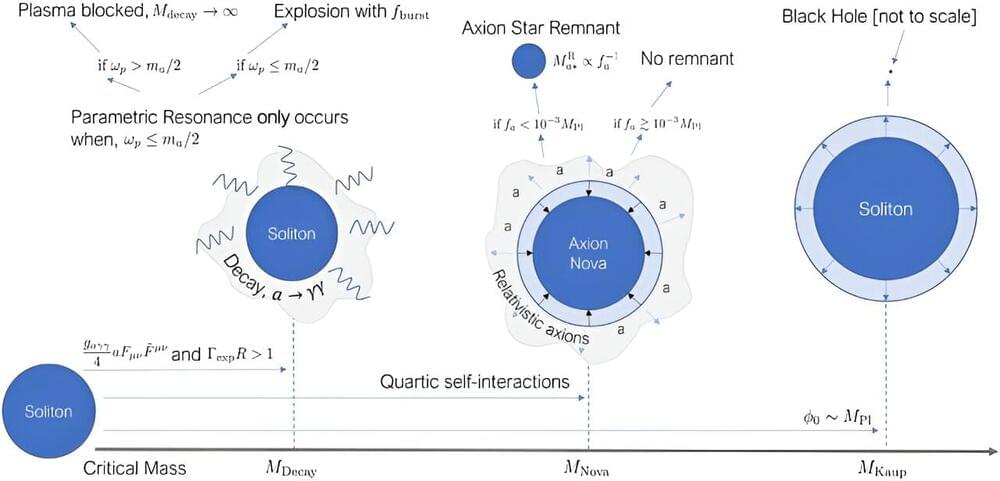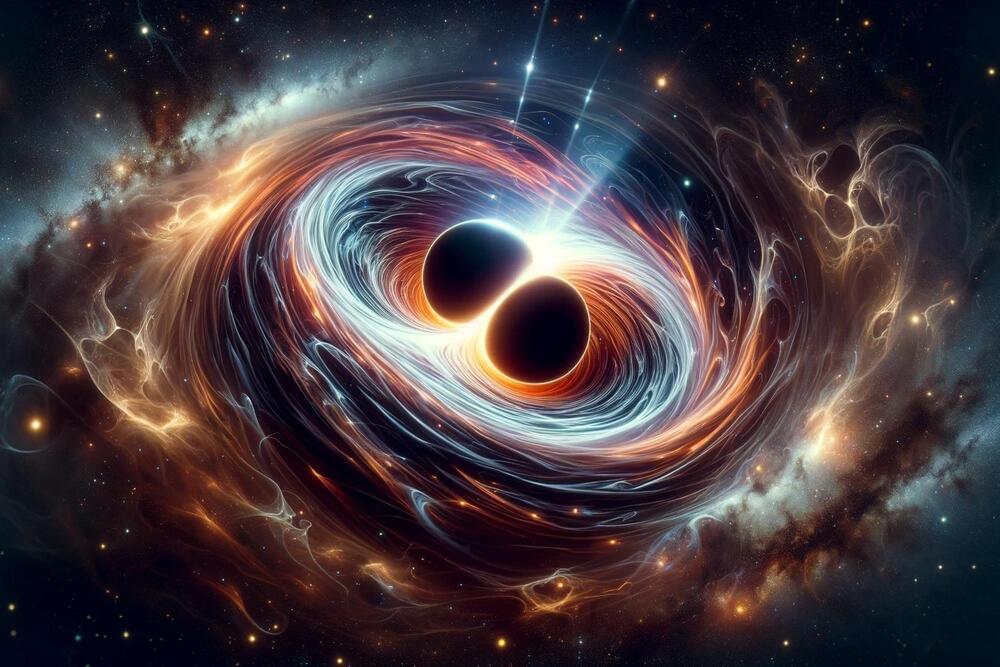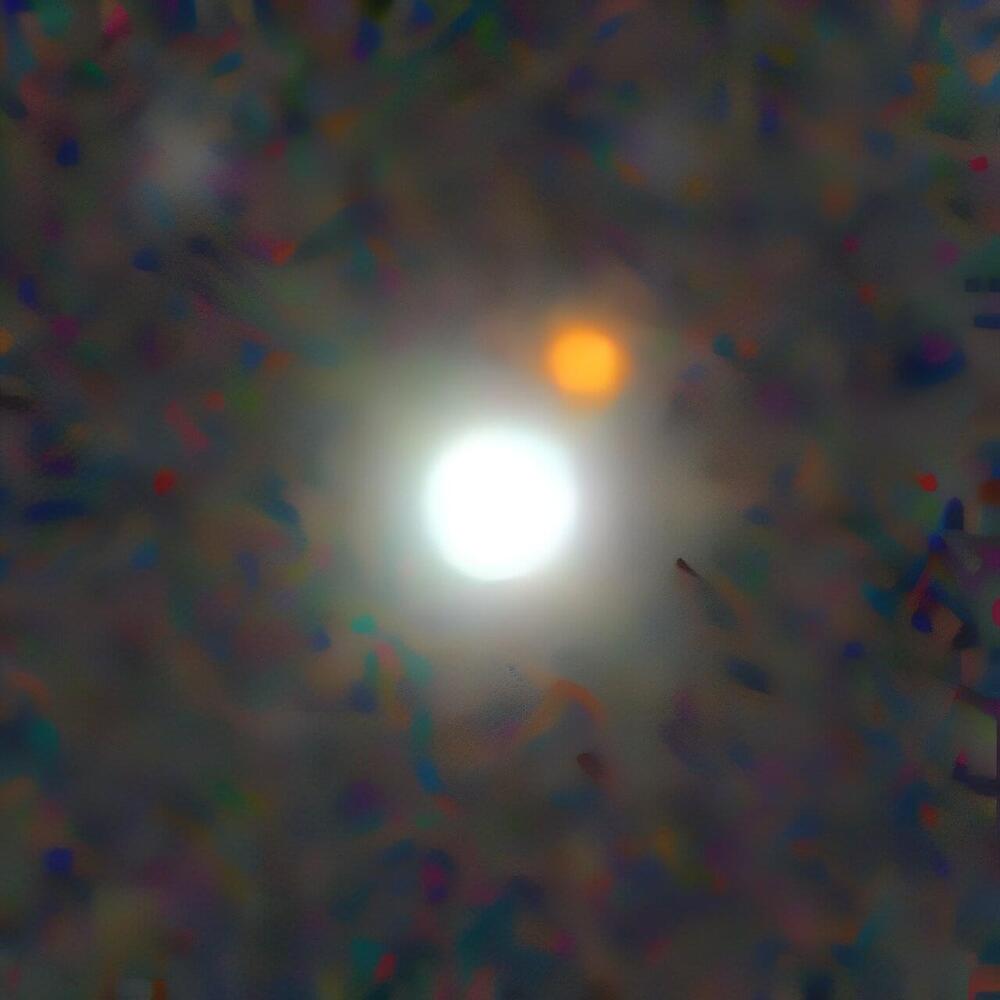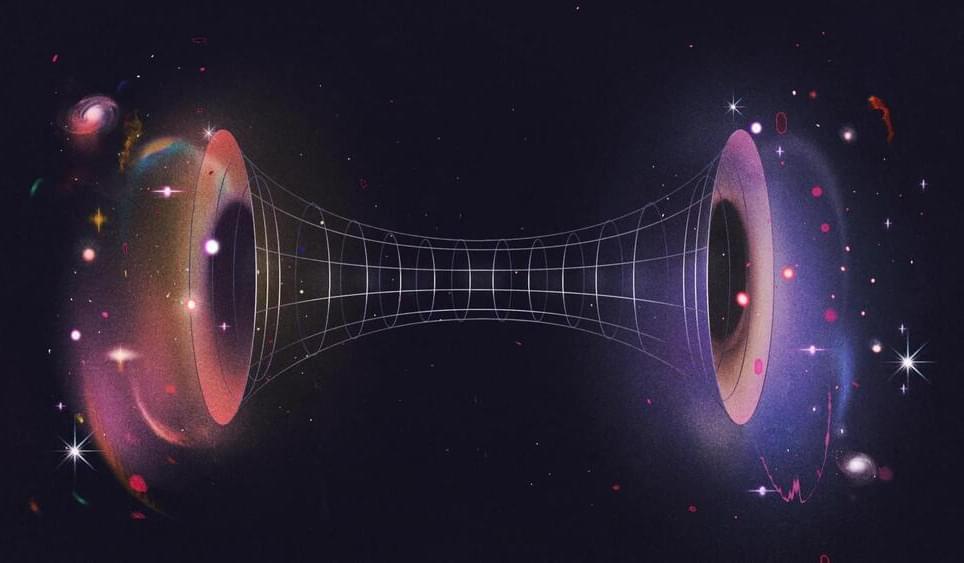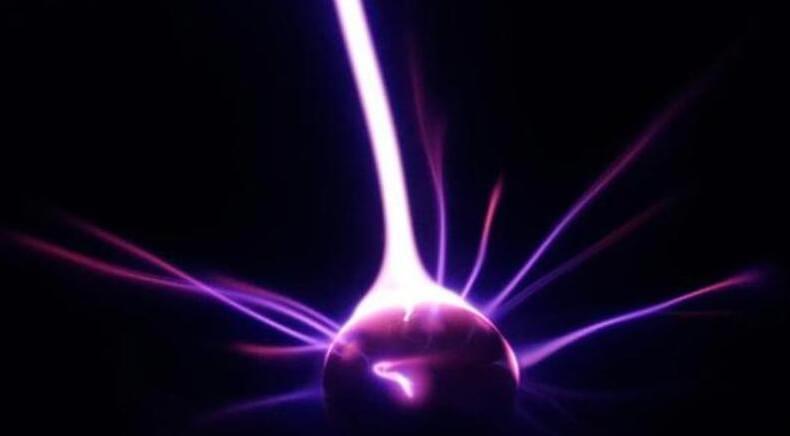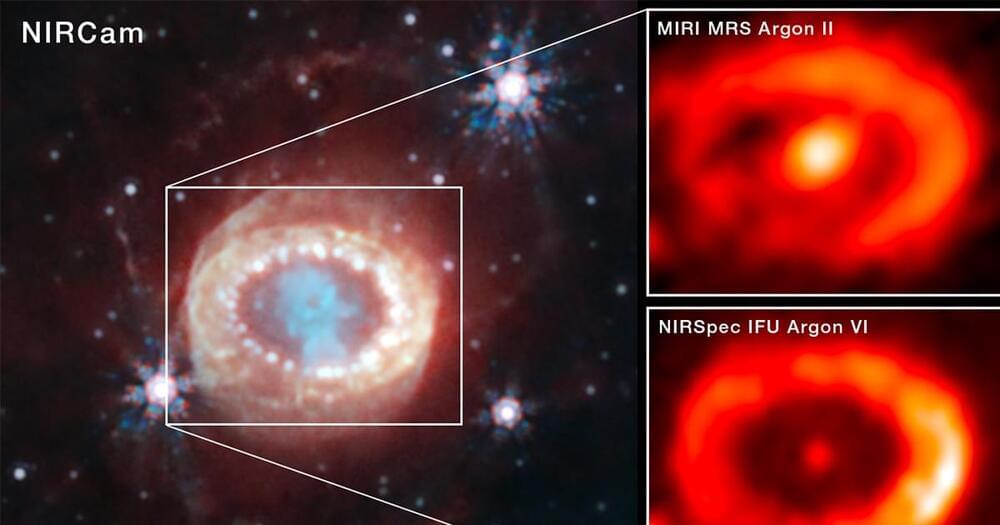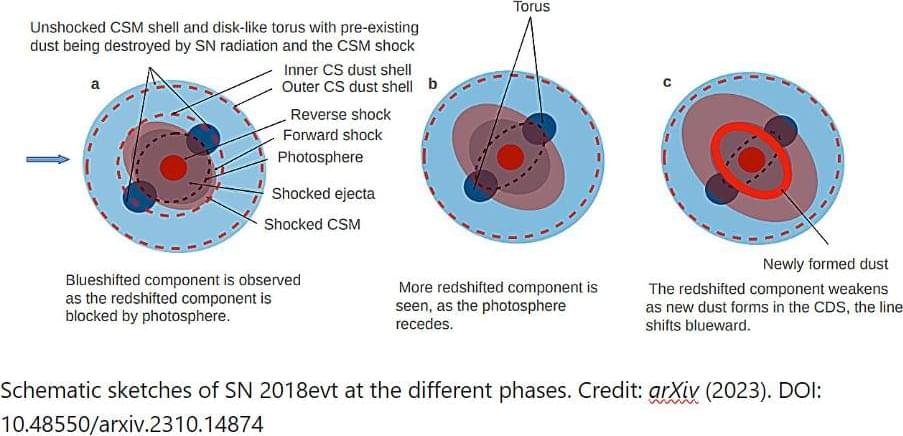We could be closer to understanding the mystery behind what dark matter is, following new research from physicists at King’s College London.
First theorized in 1977, axions are a hypothetical, light-mass particle that have been suggested as a possible contender for dark matter, due to the heat they give off. However, due to the range of sizes and masses they could possibly be, their conclusive identification has been difficult.
In a series of papers in Physical Review D, Liina Chung-Jukko, Professors Malcolm Fairbairn, Eugene Lim, Dr. David Marsh and collaborators have suggested a new approach to locate this ‘wonder particle’ that could explain both dark energy and dark matter.
